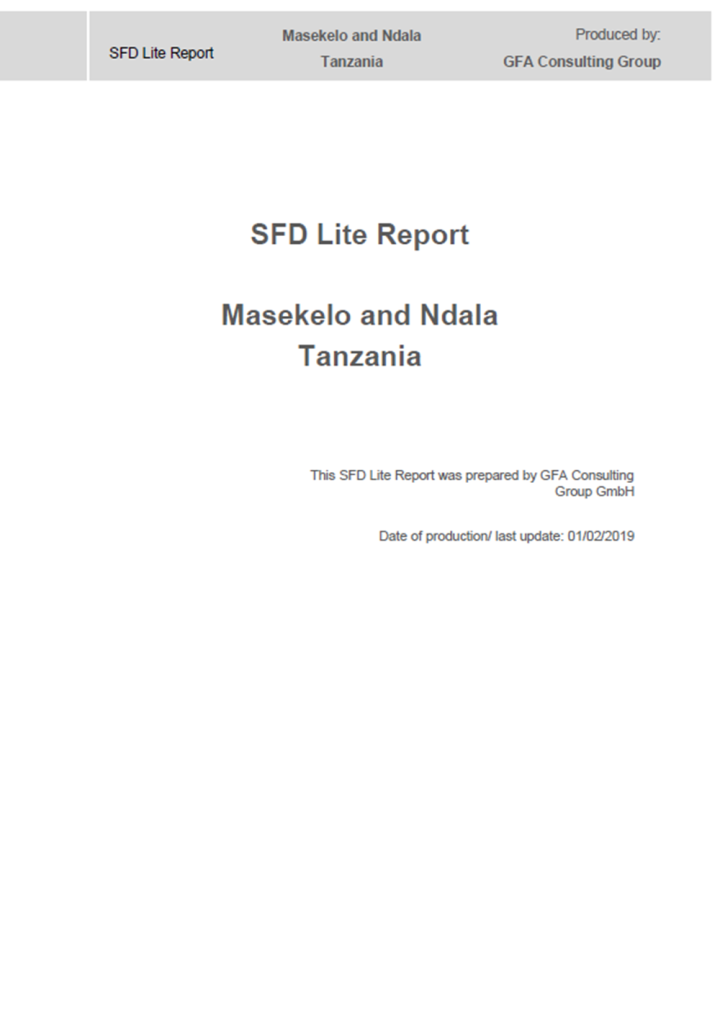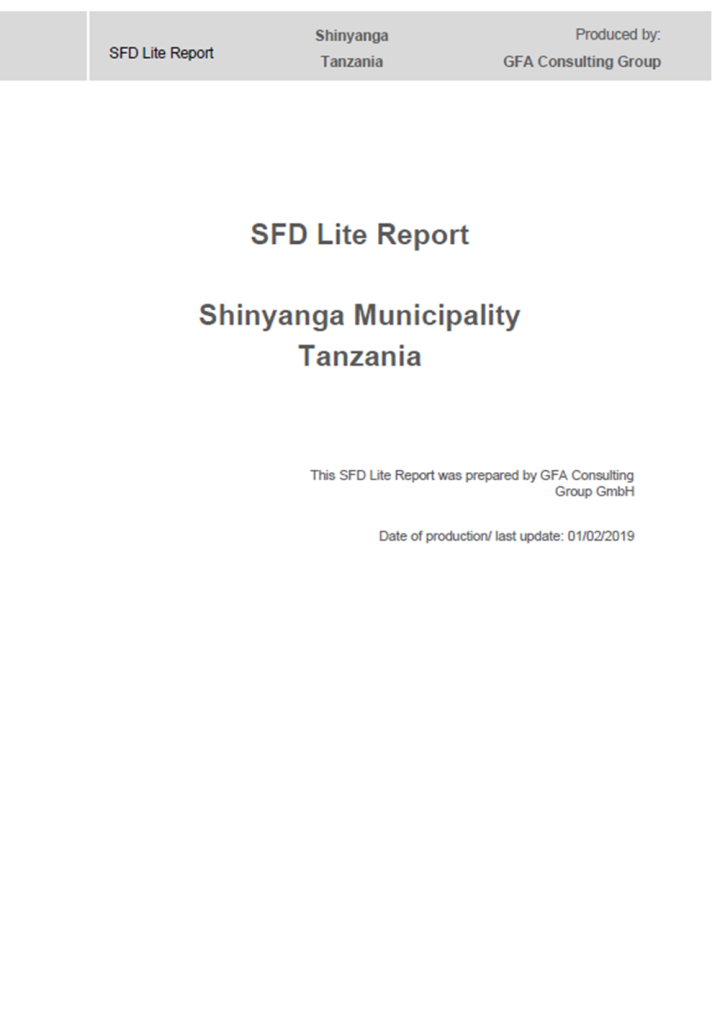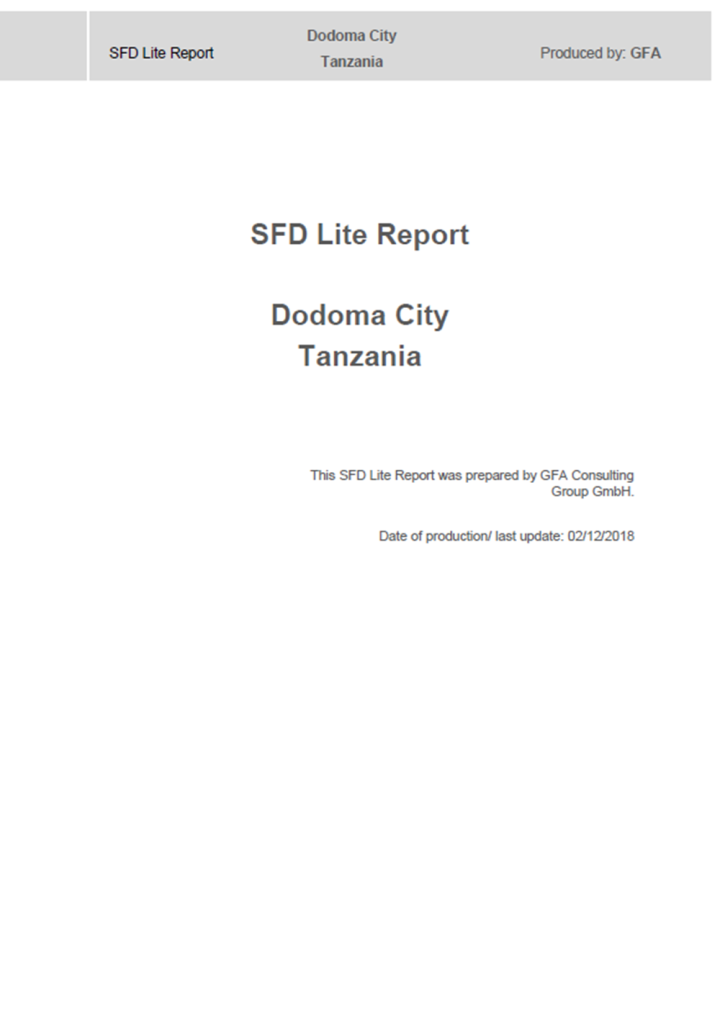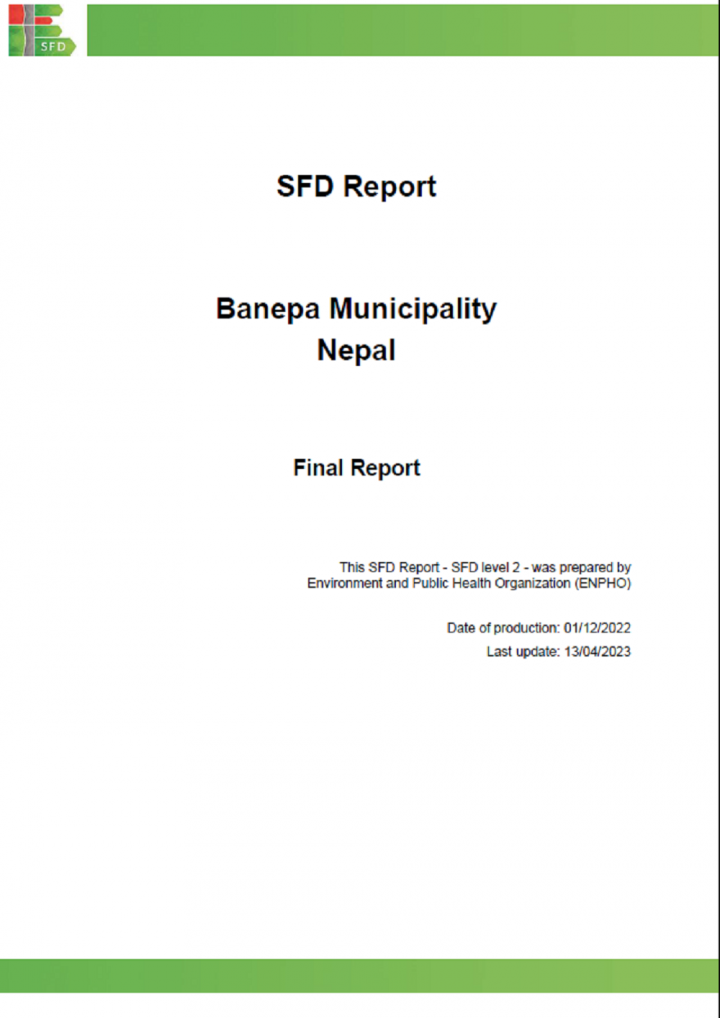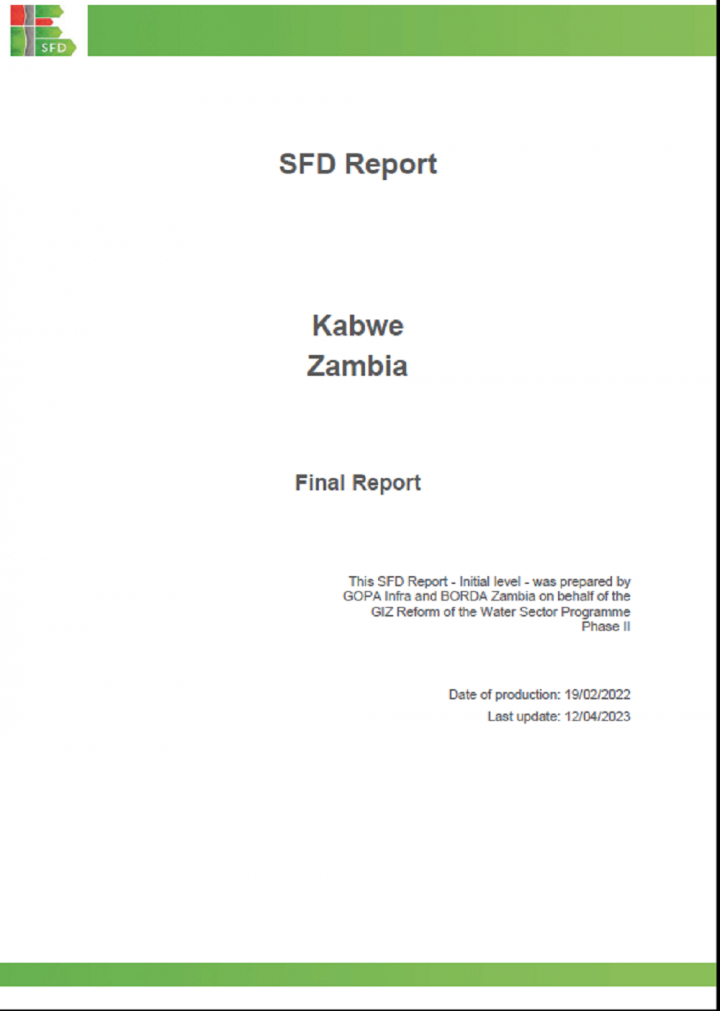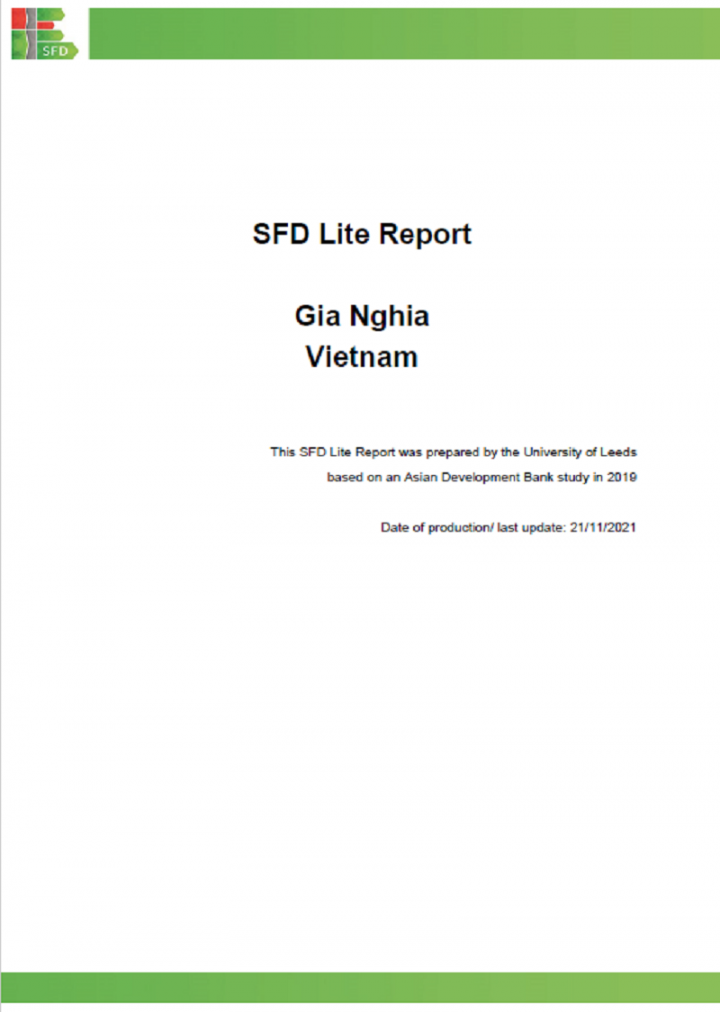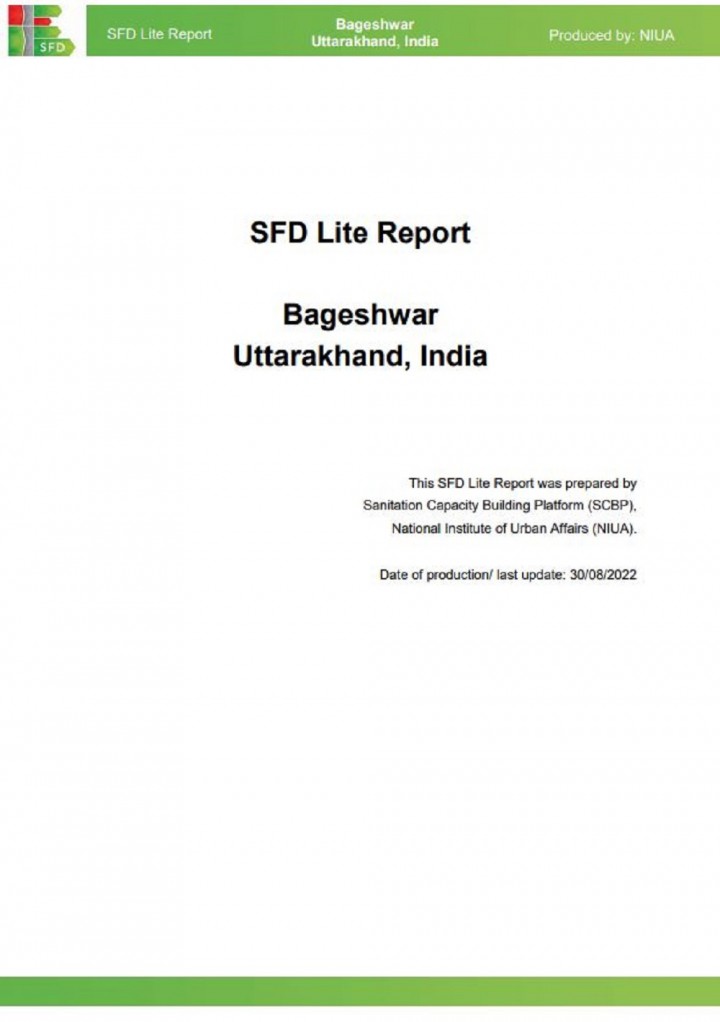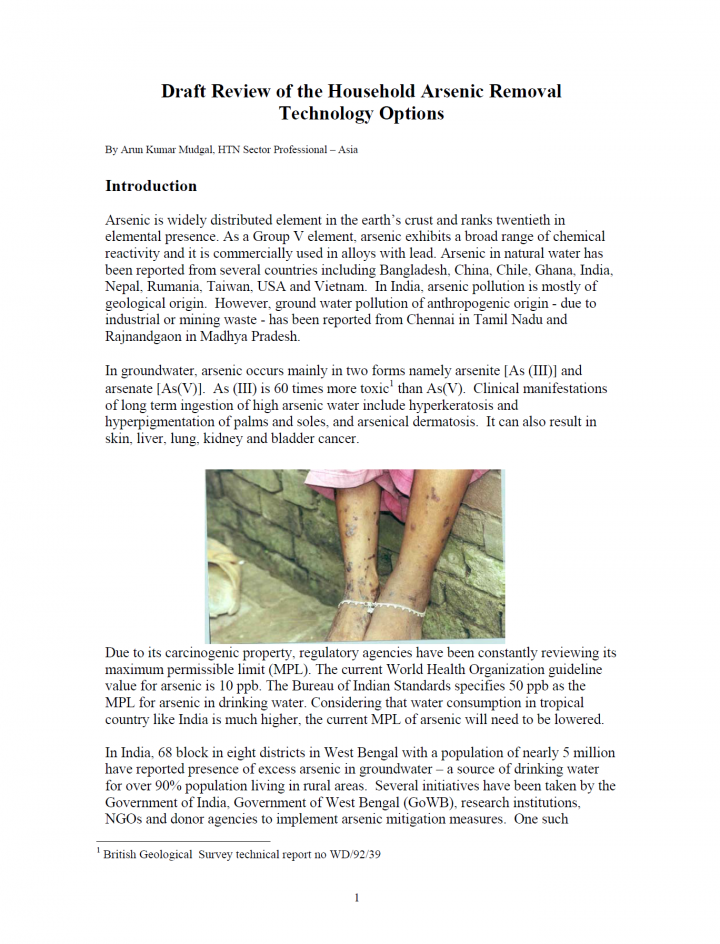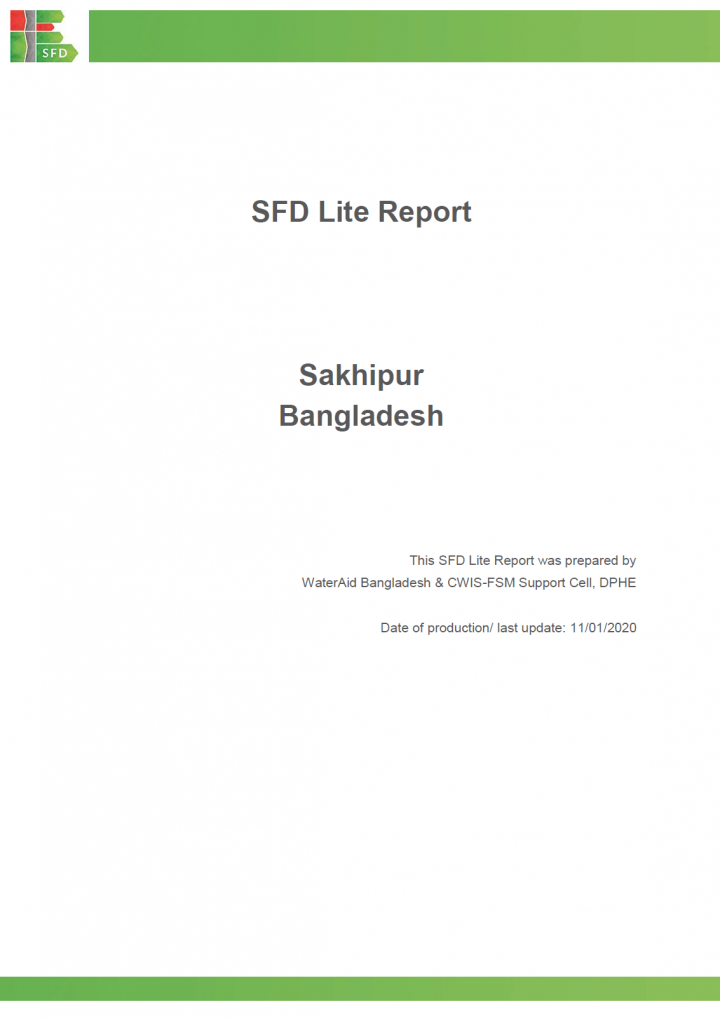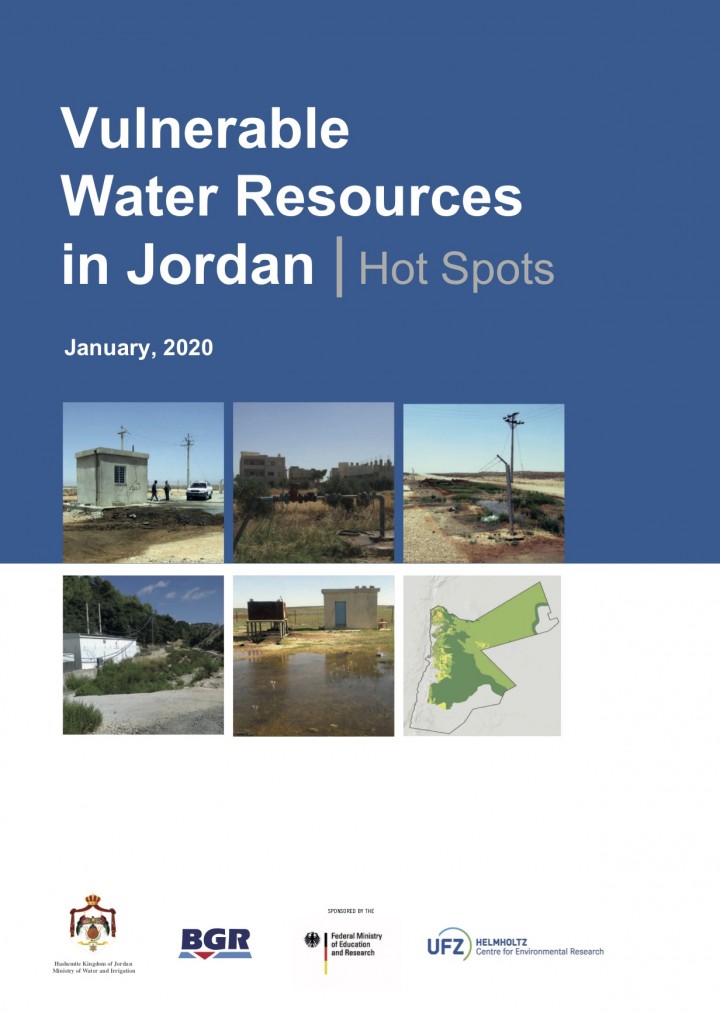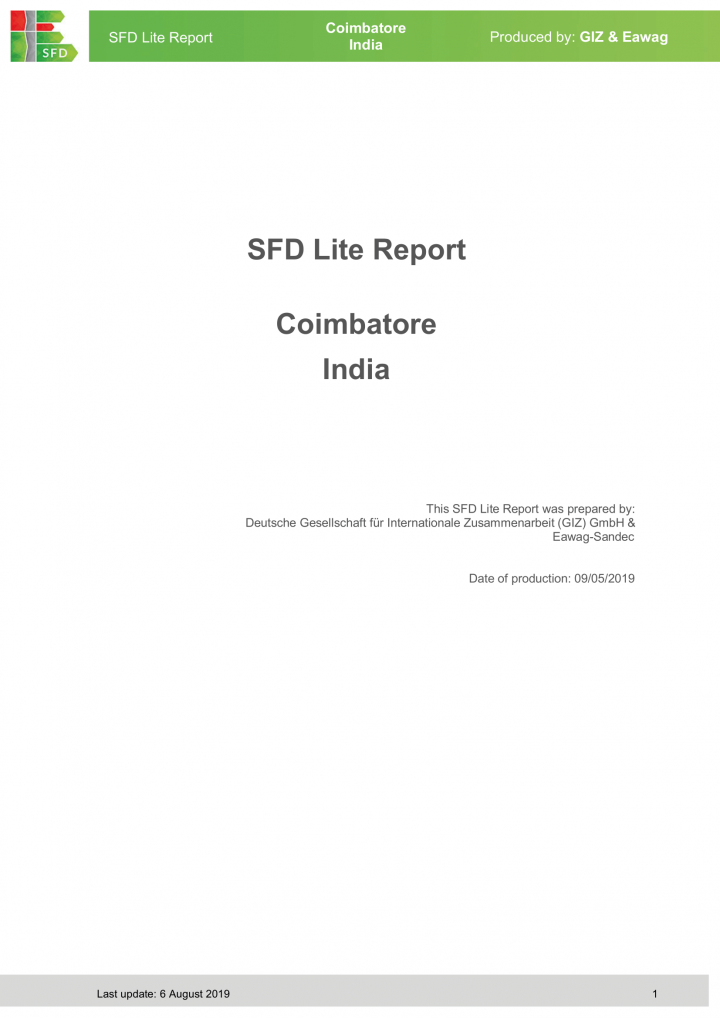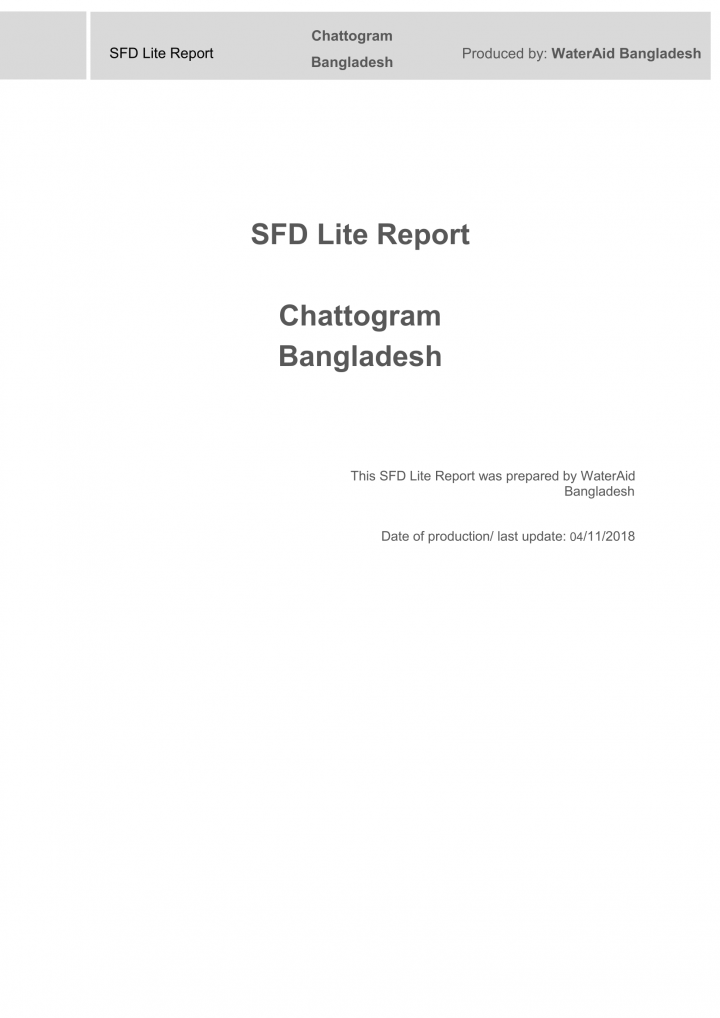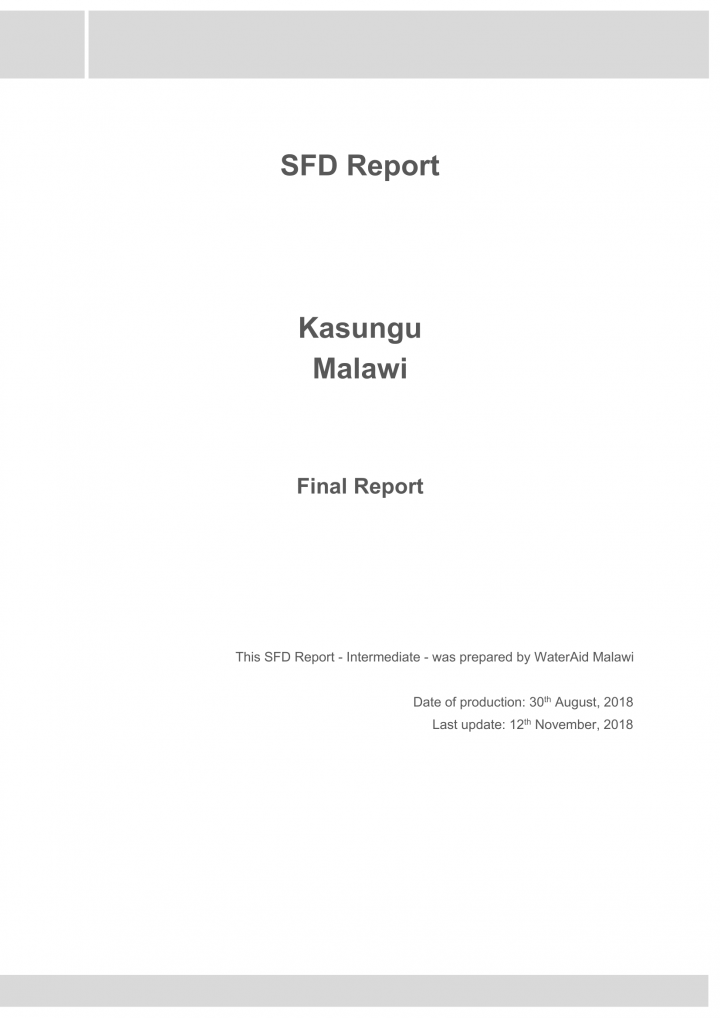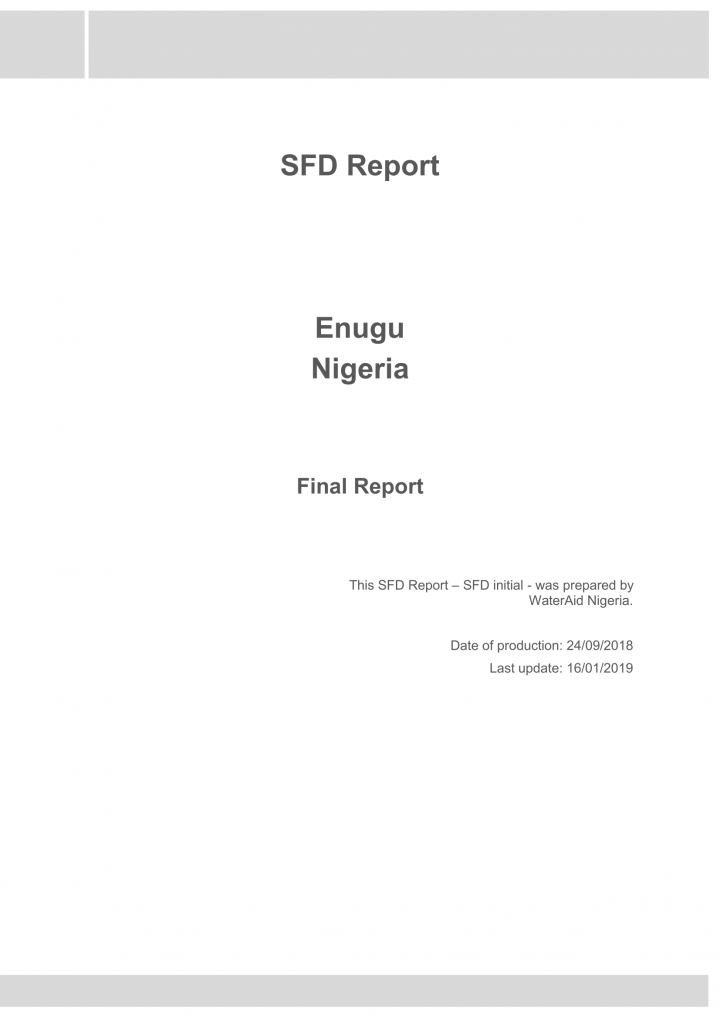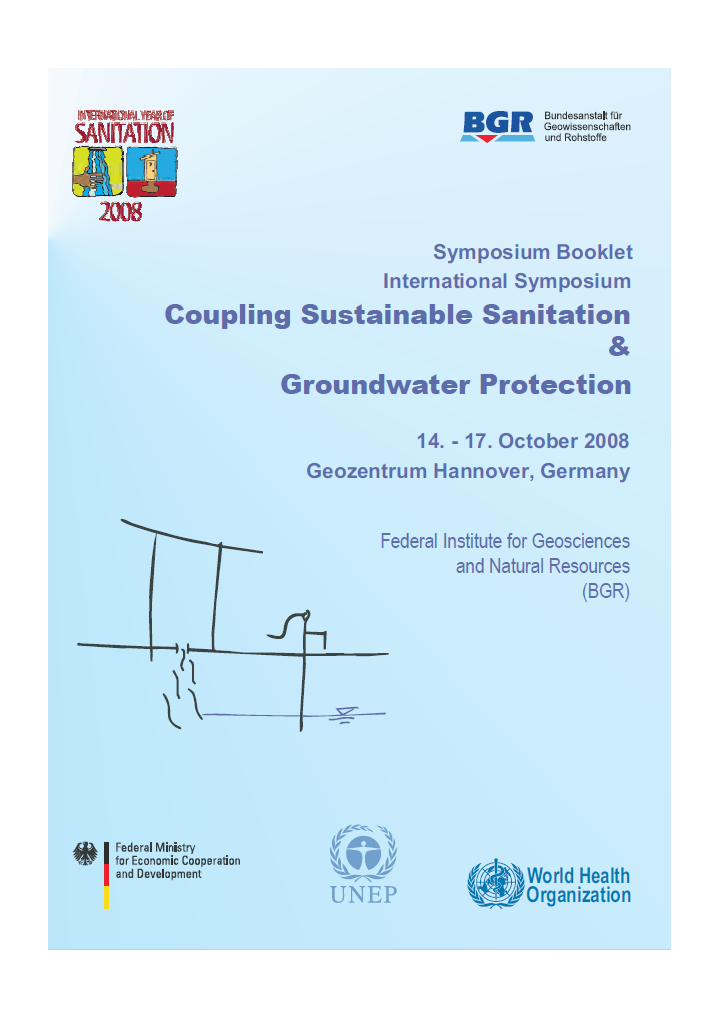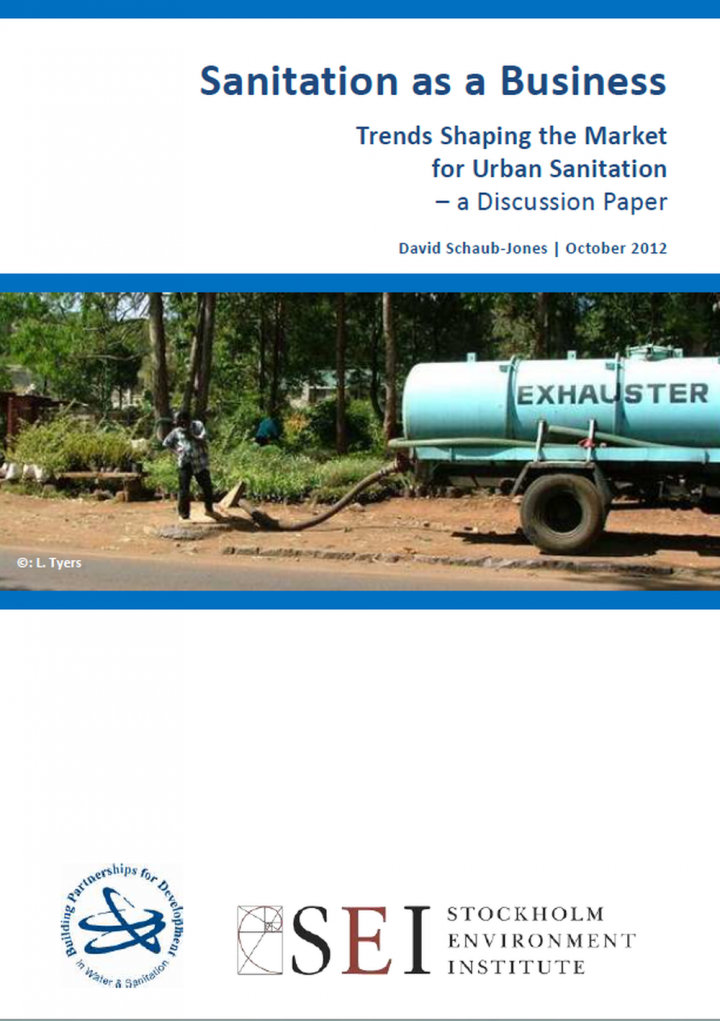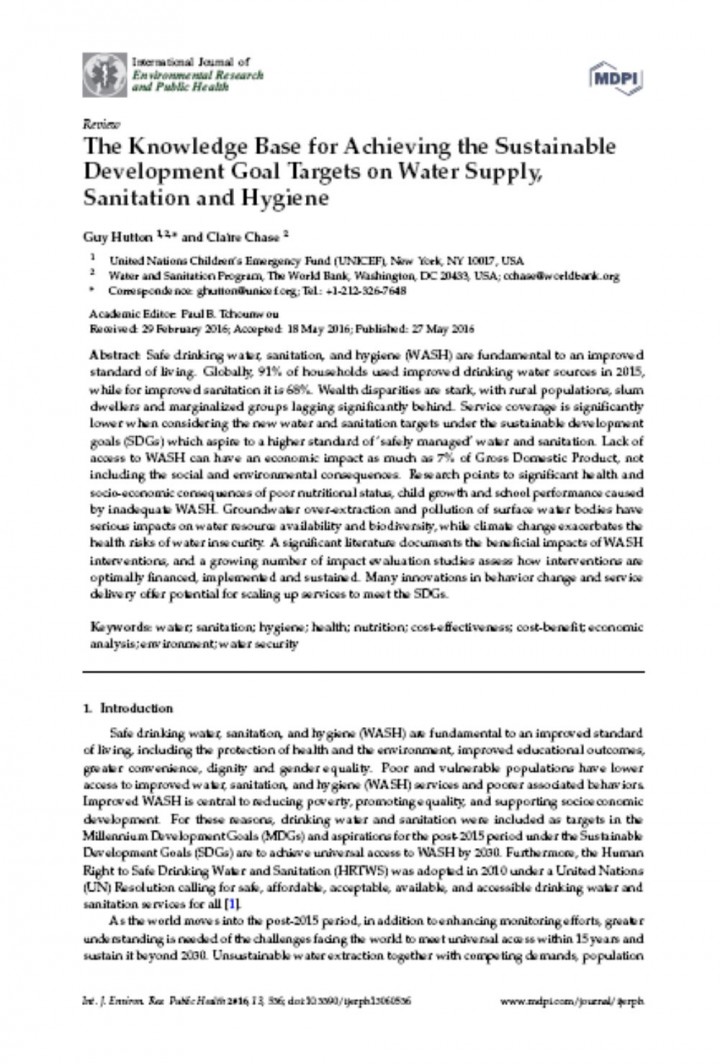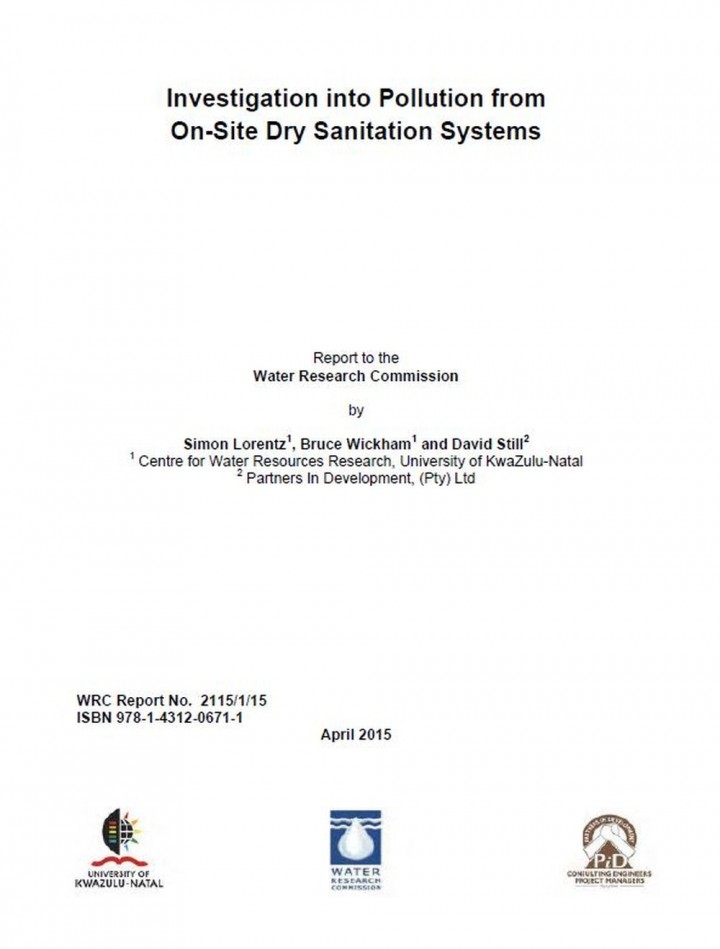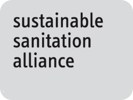GFA Consulting Group GmbH (2019) SFD (Lite) Report - Masekelo and Ndala, Tanzania
Masekelo ward and Ndala ward are the selected project areas in Shinyanga for the GIZ “Scaling up of access to water supply and sanitation services in under-privileged urban areas”. It is currently implementing a scaling up project to connect the wards for the first time to piped water from surface water source through the Shinyanga Urban Water Supply and Sanitation Authority (SHUWASA) water supply network. […]
GFA Consulting Group GmbH (2019) SFD (Lite) Report - Shinyanga Municipality, Tanzania
Shinyanga Municipality is the headquarters of Shinyanga Region and is in the northern area of Tanzania. It lies between latitudes 30 30' and 30 45' South and longitudes 330 20’ and 330 35’ East, about 1,000 kilometres from Dar es Salaam and 165 kilometres from Mwanza City. According to Tanzania’s National Bureau of Statistics (NBS, 2018), the projected population of Shinyanga Municipality for 2017 is 178,890 […]
GFA Consulting Group GmbH (2018) SFD (Lite) Report - Dodoma City, Tanzania
Dodoma City Council is located at the south-eastern end of the Tanzania Central Plateau at an elevation of 1,200 metres above sea level with coordinates 6°10′23″S 35°44′31″E. The city council is divided into 41 wards and Mtaas (streets) and covers an area of about to 2,769 sq. km. The 41 wards are grouped into four divisions. Currently, the population of Dodoma Municipal is estimated to […]
ENPHO (2023) SFD (level 2) Report - Banepa Municipality, Nepal
Banepa Municipality is located in Kavrepalanchok District, Bagmati Province of Nepal. It has 14 wards and covers the area of 54.59 sq km. It is surrounded by Panauti Municipality in the south, Mandandeupur Municipality in the north, Dhulikhel Municipality and Panchkhal Municipality in the east, and Bhaktapur District in the west. The municipality has urban and rural settlements. Particularly, ward numbers 7, 8 and 9 […]
GOPA Infra and BORDA Zambia (2023) SFD (Initial) Report - Kabwe, Zambia
Kabwe is the administrative capital of Central Province of Zambia and is located on Latitude -14.4228219 and Longitude 28.4455068. According to the utility (NIS) records of 2021, the town has an estimated population of 257,043. Approximately, 72% of the inhabitants rely on onsite sanitation facilities, 26% are served by offsite sanitation, and the remaining 2% practice open defecation. The population with onsite sanitation use different […]
University of Leeds (2022) SFD Lite Report – Gia Nghia, Vietnam
Gia Nghia is a small but quickly growing and urbanising town. 87% of households have water supply provided on premises with projects underway to bring this to over 90%, and 100% of the population has access to a sanitation system (no open defecation is reported). Waste stabilisation ponds were constructed to treat wastewater, but these are not operational due to a lack of connections to […]
NIUA (2022) SFD Lite Report – Bageshwar, India
Bageshwar Nagar Palika Parishad area is 8.5 sq.km. and has 11 wards with a population of 25,045 (as of year 2018). There are 4,808 Households (HHs) post municipal boundary expansion in the year 2018. With the delimitation of boundary, the total number of wards have increased from 7 to 11. Presently, the geographical area of the city is 8.5 Km2. The revised municipal […]
Mudgal, A. K. (2002) Draft Review of the Household Arsenic Removal Technology Options
Arsenic is widely distributed element in the earth’s crust and ranks twentieth in elemental presence. As a Group V element, arsenic exhibits a broad range of chemical reactivity and it is commercially used in alloys with lead. Arsenic in natural water has been reported from several countries including Bangladesh, China, Chile, Ghana, India, Nepal, Rumania, Taiwan, USA and Vietnam. In India, arsenic pollution is mostly […]
WaterAid Bangladesh & CWIS-FSM Support Cell, DPHE (2020) SFD Lite Report - Sakhipur, Bangladesh
Sakhipur, recognized as municipality, is a town of Sakhipur Upazila which is located about 39 km by road from Tangail and 77 km northwest of Dhaka city, the capital of Bangladesh. Sakhipur became a Pourashava (municipality) in October 2000. It has an annual income of 6 million Bangladeshi Taka (BDT) over the last three years which makes it an ‘A’ category Pourashava. Sakhipur municipality consists […]
Breulmann, M., Brückner, F., Toll, M., van Afferden, M., Becker, M. Y., Al-Subeh, A., Subah, A., Müller, R. A. (2020) Vulnerable Water Resources in Jordan: Hot Spots
The main aim of this study originated from a request by the National Implementation Committee for Effective Integrated Wastewater Management – NICE to review and update the previously developed list of Hot Spots. Hot Spots are defined as areas where groundwater resources, through leakage of domestic wastewater from cesspools, septic tanks, or sewage networks or through inappropriate handling of wastewater, have been contaminated or are […]
Sharma, R., Kumar, K. R., Venugopal, V., Yadava, H., Narayan, A. S. and Ramachandran, K. (2019) SFD Lite Report - Coimbatore, India
Coimbatore is the second largest city in terms of area in the state of Tamil Nadu. It is one of the fastest growing secondary cities in India and a major hub of textiles, industries, commerce, education, information technology, healthcare and manufacturing in Tamil Nadu. It is administered by the Coimbatore City Municipal Corporation (CCMC). The 76% of the excreta properly managed originates from: Wastewater (WW) contained […]
WaterAid (2018) SFD Lite Report - Chattogram, Bangladesh SFD Promotion Initiative
Chattogram City Corporation is the Commercial Capital and second largest city in Bangladesh. Chattogram City Corporation is the Commercial Capital and second largest city in Bangladesh. The city corporation is divided into 41 wards. On July 31, 1990, it was named as Chittagong City Corporation. Later, in 2018, Chittagong was renamed as Chattogram. The city corporation has a total population of 2,582,401 and the total […]
WaterAid (2018) SFD Report - Kasungu, Malawi SFD Promotion Initiative
Kasungu municipality is approximately 130 kilometres north-west of the capital of Malawi, Lilongwe. It has a total population of 77,619. The population swells up during the day, except on Sundays when most shops are closed. The municipality has a high population density of 2,188 people per square kilometre. The majority of the residential areas are informal settlements, which occupy 64 percent of the land. According […]
Akwunwa, N., Ogunlade, A. (2018) SFD Report - Enugu, Nigeria SFD Promotion Initiative
Enugu City is a major commercial and industrial hub in southeastern Nigeria with an estimated population of just over a million people, although this figure increases during the daytime as many residents of the state come to the city to work and trade. A study estimated that 70 percent of Enugu city’s population live in areas of higher density and lower income in tenement-type housing. […]
Mateo-Sagasta, J., Marjani Zadeh, S., Turral, H. and Burke, J. (2017) Water pollution from agriculture: a global review Executive summary
Water pollution is a global challenge that has increased in both developed and developing countries, undermining economic growth as well as the physical and environmental health of billions of people. In many countries the biggest source of water pollution today is agriculture - not cities or industry - while worldwide, the most common chemical contaminant found in groundwater aquifers is nitrate from farming, according to […]
Various Authors (2008) International Symposium on Sustainable Sanitation and Groundwater in Hannover, Germany Conference materials: Posters
From 14-17 October 2008, the German Federal Institute for Geosciences and Natural Resources (BGR) convened the international symposium on “Coupling Sustainable Sanitation and Groundwater Protection” in Hannover, Germany, in order to highlight the immense problems of groundwater pollution due to absent or inadequate sanitation facilities in developing countries. Together with international co-convenors (BMZ, UNEP and WHO) and supporting organizations (BORDA, DED, DWA, GTZ, IAH, KfW and […]
Various Authors (2008) International Symposium on Sustainable Sanitation and Groundwater in Hannover, Germany Conference materials: Presentations and Outcomes
From 14-17 October 2008, the German Federal Institute for Geosciences and Natural Resources (BGR) convened the international symposium on “Coupling Sustainable Sanitation and Groundwater Protection” in Hannover, Germany, in order to highlight the immense problems of groundwater pollution due to absent or inadequate sanitation facilities in developing countries. Together with international co-convenors (BMZ, UNEP and WHO) and supporting organizations (BORDA, DED, DWA, GTZ, IAH, KfW and […]
Schaub-Jones, D. (2012) Sanitation as a business Trends shaping the market for urban sanitation – a discussion paper
In November 2011, Jefferson County, Alabama made world news by filing for the largest-ever American municipal bankruptcy. Bad housing loans? Pension liabilities too great? No, it was the huge cost of investing in new sewers that tipped them over the edge. Around the same time, a thousand miles to the North, the municipalities on Cape Cod, Massachusetts, were holding public meetings to discuss options for dealing […]
Hutton, G., Chase, C. (2016) The Knowledge Base for Achieving the Sustainable Development Goal Targets on Water Supply, Sanitation and Hygiene
Safe drinking water, sanitation, and hygiene (WASH) are fundamental to an improved standard of living. Globally, 91% of households used improved drinking water sources in 2015, while for improved sanitation it is 68%. Wealth disparities are stark, with rural populations, slum dwellers and marginalized groups lagging significantly behind. Service coverage is significantly lower when considering the new water and sanitation targets under the sustainable development […]
Lorentz, S., Wickham, B., Still, D. (2015) Investigation into pollution from on-site dry sanitation systems
The impact of onsite sanitation on water resources has been the subject of much study with regard to conventional septic tanks and soak-aways. However, research of impacts from rural and peri-urban communities using pit latrines, particularly in underdeveloped countries, has been unconvincing. With the increase in the extension of sanitation services provided by the South African Government anticipated to result in the establishment of some […]
